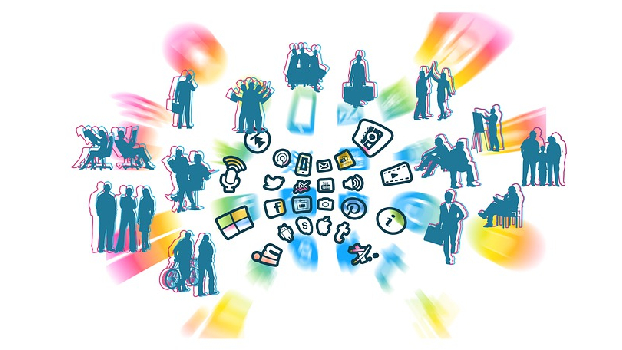In recent years, the word “Influencer Marketing” has become more and more well-known. According to research done by Influencermarketinghub. The topic of Definition of Influencer Marketing on search engines has actually grown from 2013 to 2020.
Generally, influencer marketing takes place on different social media platforms like Instagram, Facebook, or Youtube. What exactly is influencer marketing then?
Influencer Marketing Definition
A marketing tactic called “influencer marketing” uses “influencers” to promote a good or service. The influencer, on the other hand, is a person who is thought to be able to persuade others to act.
They do have a large following, influencers in this sense are frequently artists, celebrities, models, public personalities, and others.
Influencers typically have a large following on social media. Because their fans also have a high level of trust in them, the goods or services they endorse may persuade people to try or purchase them.
In order to increase the number of prospective customers for your product, consider hiring influencers to advertise it.
Influencer Types
Before utilizing influencer marketing, let’s learn more about the definition of influencer marketing and the different categories of influencers.
Influencers fall into one of three categories based on the amount of followers:
A. Micro Influencer
Having established the definition of influencer marketing, let’s go on to understanding the different categories of influencers.
Influencers can be classified into 3 groups based on the quantity of their followers:
1. Advantages of Micro Influencers
- Client trust is higher when using micro influencers.
- Utilizing micro influencers is less expensive.
- Microinfluencers promote more engaged client interactions.
- A significantly more narrow audience is reached by micro influencers.
- Finding or establishing contact with micro influencers is simpler.
2. Disadvantages of Micro Influencers
Comparatively fewer people follow this influencer than other types of influencers.
A micro influencer is only known by a select few.
B. Influencer Macro
One degree up from micro influencers are macro influencers. They have between 100,000 and 1,000,000 followers (the maximum number for a micro influencer) (minimum limit for mega influencer followers). Bloggers and vloggers are the main sources of macro influencers.
1. Pros of Influencer Macro
- Have a significant following (more than micro influencers).
- Able to connect with more niche clients.
- Obtaining enough customers.
- Using macro influencers has lower expenses than using mega influencers.
2. Disadvantages of Influencer Macros
- Macro influences are not well known to everyone.
- The scope of macro influencers is generally limited to a small number of areas.
C. Mega Influencer
The highest level of influencer is known as a mega influencer. Those with more than 1,000,000 followers fall under this category of influencer. Typically, it comes from celebrities, YouTubers, or musicians. There are many benefits of music as described on the fullstack.my.id blog.
Mega influencers are those with more than 1 million followers. This type typically works as an artist or a prominent figure in society who has national impact and following.
Influencers are able to quickly and widely disseminate messages thanks to their enormous followings. Due to the size of the quantities, this also has an impact on the money and expenses that enterprises must incur.
Mega might not always be regarded as an authority in a certain subject. Because the mega is their standard celebrity level, as is frequently observed on social media.
Like most famous people, the main focus of this massive account will be on daily life rather than a specialized speciality. That is, it’s possible that these influencers are unaware of your company and that their followers are uninterested in your company.
Tips To Become Influencers
If you are interested in becoming an influencer, see the tips below.
1. Find Interested Things
Find a topic you are knowledgeable about and genuinely enjoy if you want to become an influencer. You can share that with others.
It doesn’t mean you have to be like someone else just because they produce material that is different from yours and succeeds. Make original material. Do as much research as you can before making a decision.
2. Take Advantage of Existing Accounts
You don’t have to start again by making a new account. because it is difficult to gain followers. Simply delete content from previous posts that doesn’t align with the idea or draft of the content you’re producing to tidy up your social network profile.
3. Use Business Profiles and Personal Blogs
You may convert your Instagram account to a “business profile” for free by going to the settings page. View the engagement statistics you have for your account as a whole or for each post that you upload using this business account.
You can access data whenever you need to, including the suggested times for posting a recent snapshot. Now, Instagram’s supplementary reels can be leveraged to boost interaction.
4. Collaborate with Brands
Start to act like a nano influencer if you have more than 1,000 social media followers. You can look for businesses or brands that require your services. The needs of the brand should be adjusted to fit your account’s motif.
Look up the marketing department for the brand you’re interested in. Declare your desire to sponsor their content creation and introduce yourself. Other brands will inevitably appear as you publish more and more content in Definition of Influencer Marketing.




